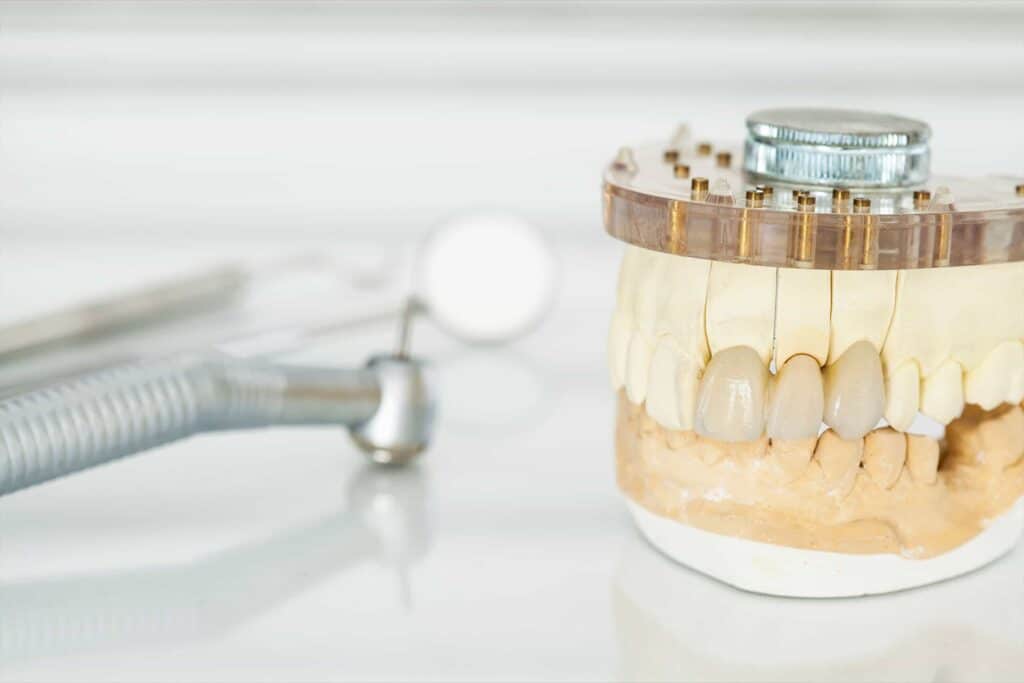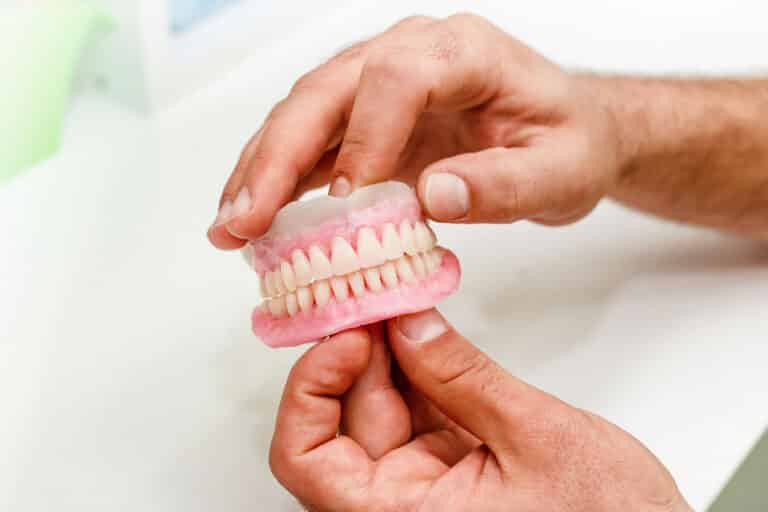Dental care is an important aspect in our lives. However, some are still unsure of what to do to improve their dental care. Some may believe that using a very hard toothbrush would help in thoroughly cleaning our teeth and gums but ended up damaging our gums.
Planning on how to improve your dental care is crucial. In this article, we will break down a few concepts about fluoride and its impact on our dental health. We’ll cover what it is and its effects on our health. This will help us understand it and avoid adverse health issues by getting the right amount of it.
What Is Fluoride?
Fluoride is a naturally occurring mineral. It is released into the environment from rocks. Phosphorite rock accounts for around 95% of the fluoride added to public water. It aids in the re-mineralization of your teeth, which is necessary to reverse the daily damage that comes from eating.
According to the Center for Disease Control and Prevention (CDC), fluoride is also added to drinking water supplies to prevent cavities. State or municipal governments decide whether or not to add it to drinking water. A very well known use of fluoride is the manufacturing of fluoride toothpaste used to keep our teeth and gums clean. It has also been shown to significantly reduce the cavity rate in children.
How Does It Help My Teeth?
The outer layer of your teeth is called enamel and is very resistant to cavities. It is stronger than bone, and is composed of calcium and phosphate. Your saliva, which is high in calcium, phosphate, and other minerals bathes your teeth to reverse damage due to acid and wash away bacteria and other pathogens.
Cavity-causing bacteria feast on the carbohydrates in foods like candies, crackers, and noodles when you eat them. These bacteria break down carbohydrates into acids, which attack your enamel. It breaks down the tooth structure, basically by eroding away the surface. Cavities are formed by this process.
Where does the fluoride go? Your teeth are able to absorb it when it is present in your saliva from sources such as fluoride toothpaste or water. Once inside your enamel, fluoride joins forces with calcium and phosphate to form fluorapatite, the most effective cavity-prevention mechanism your teeth can have. It’s tougher, more resistant to decay, and works hard to keep your teeth safe.
Is It Bad for My Teeth or Health?
Fluoride’s advantages are accompanied by some potential drawbacks. The majority of these drawbacks are from fluoride overexposure. Excess fluoride is frequently seen in communities where the water or air contains too much it due to environmental or biological causes. A condition called dental fluorosis may occur. This condition often results in teeth that are more resistant to cavities. This can be more helpful in the long run.
Fluoride levels in various locations fluctuate more than usual as the world’s climate changes. Overexposure to it can also occur as a result of ingesting fluoride-containing goods. It can be a problem if young children consume their fluoride toothpaste rather than spitting it out.
Brushing and spitting are always taught by dentists to parents and children. You need not rinse after brushing, but make sure you spit out any fluoride-enriched products which will help keep your exposure from it under control.
According to the CDC, overconsumption or overexposure to it can cause harm to people’s health. It has the potential to make people’s bones weaker and brittle, increasing the chance of breaking them. Fluoride levels at very high levels have been shown to influence reproduction in animals in several studies.
The main takeaway message regarding fluoride is this: In the correct therapeutic dosages, fluoride is extremely effective at reducing and preventing cavities.
How is Fluoride Good for My Teeth?
Despite potential negative side effects of fluoride, the benefits of it have always prevailed. Effects of using fluoride are evident in both children and adults. It aids the development of stronger enamel in children. It also helps to reverse damage caused by poor hygiene and dietary habits.
Enamel interacts with fluoride as teeth form, increasing its strength and makes it more resistant to acid attacks. This means that children who receive it in their drinking water and dental care products are less likely to develop dental disorders like cavities when they get older.
Also, if you’ve had access to fluoride as a child, your teeth are likely stronger than they would have been without. Just as concrete reinforced with rebar is much stronger than just concrete alone, teeth with it can be stronger than without the mineral. Fluoride can help prevent common problems including gum disease, cavities, and tooth loss.
Can I Still Clean My Teeth Without It?
Yes, it is still possible to clean without fluoride as the act of brushing aims to remove plaque and the biofilm that continually forms on teeth. However the most advocated way in keeping your teeth healthy is by using the recommended amounts of fluoride toothpaste.
However, you can still keep your teeth clean by brushing and flossing using toothpaste that does not contain fluoride. You may want to brush your teeth twice a day. Floss daily or you can go an extra mile of brushing after every meal for added cavity prevention.
Secondly, what you consume plays a big role in your oral health. Eat a healthy diet that makes it easier to stay protected against tooth decay and gum disease. Also, keep your mouth hydrated by constantly drinking water. This way sugars and acids that cause tooth decay can be washed away naturally.
Thirdly, you can rinse your mouth after eating sugary food which removes left behind residue. Last but not least, you can ensure clean and healthy gums and teeth by regularly visiting a dentist.
When Should I Use Fluoride Toothpaste? Before or After Flossing?
Studies have shown that there is little difference between flossing before or after brushing. There are positive benefits as long as flossing actually occurs. However, we believe that flossing first is the preferred method since fluoride needs direct contact to the tooth structure in order to work. If there is a plaque biofilm on the tooth, the fluoride is unable to be taken up into the tooth. However most dentists will just be happy that flossing is happening at all.





